Only logged in customers who have purchased this product may leave a review.
Products
- Home
- /
- Shop
- /
- By Subject
- /
- Language Arts
- /
- Curriculum & Textbooks
- /
- High School
- /
- Reading Comprehension for High School
Reading Comprehension for High School
$9.99
High School Level Reading Comprehension curriculum.
Includes: vocabulary, analogies, main ideas, topic sentences, short passages, informational text passages, reading charts and graphs, analyzing and interpreting poems and more.
Answer Keys included / No Teacher Edition needed
Related products
-
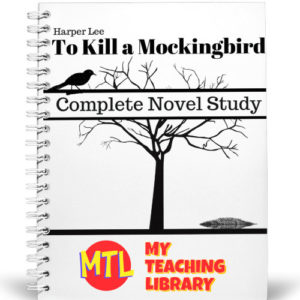 $12.00Buy Now
$12.00Buy NowHere is a ready to go, 155 page literature resource for To Kill a Mockingbird by Harper Lee. It is a complete study which includes summaries, vocabulary, quizzes, essays and a final test! This resource with take you step by step, chapter by chapter. Students will be engaged in every aspect of the novel.
-
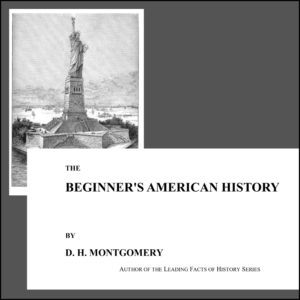 $1.00Buy Now
$1.00Buy NowThis 257-page book holds an 1893 copyright and was written to give information about historical figures living just before and during the beginning of United States history. It is not meant to be used as a textbook but rather a supplement to add stories and facts about the people written about within the pages. It is recommended for 5th-12th grades.
Suggested uses: Use with your regular curriculum to add another layer of information or give to students to use as a source information when doing research and/or projects.
Because of the 1893 copyright, this is a public domain resource. All-Access members may download it for free (as with all resources on our site). Non-members are asked to purchase this resource at a very low cost to help cover data storage and transfer costs.
-
 $3.00Buy Now
$3.00Buy NowExplore the Northern Hemisphere’s Winter constellations with this resource! Students will learn…
- What are the major constellations?
- What is the Greek Mythology behind them?
- What major stars will help guide them through the night sky?
- How is Orion the ‘key’ to locating the main constellations?
- What is the name of the North Star, and which constellation is it in?
- What is the brightest star in the sky?
Students will learn about the following constellations:
- Orion
- Canis Major
- Canis Minor
- Gemini
- Auriga
- Pleiades
- Taurus
- Draco
- Ursa
- Major
- Ursa Minor
- Cepheus
- Cassiopeia
They will learn the location of the following stars:
- Pollux
- Castor
- Capella
- Procyon
- Sirius
- Betelgeuse
- Rigel
- Aldebaran
- Capella
- Polaris
They will also learn which constellations are called the Northern Circumpolar constellations PLUS the Greek Mythology behind these major constellations!
Student activity sheets include:
- Fill in the blank (constellation and star names for the ‘Winter Sky’)
- Draw and name (the five circumpolar constellations and the North Star)
- Crossword Puzzle (in which they will use the information within the resource to gather answers)
Suggested follow up activities:
- Assign students to go outside after dark, find and draw the constellations they see and can identify.
- Visit a local planetarium
-
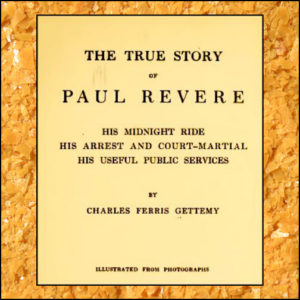 $3.00Buy Now
$3.00Buy NowThis is a downloadable copy of the book. (358 pages)
About the book: Published in 1905, Gettemy writes of Paul Revere’s midnight ride, his arrest, court-martial plus his ‘useful public services’. Paul Revere ( December 21, 1734 – May 10, 1818) was an American silversmith, engraver, early industrialist, and a patriot in the American Revolution. He is most famous for alerting the Colonial militia to the approach of British forces before the battles of Lexington and Concord, as dramatized in Henry Wadsworth Longfellow’s poem, “Paul Revere’s Ride”. Revere was a prosperous and prominent Boston silversmith, who helped organize an intelligence and alarm system to keep watch on the British military. Revere later served as a Massachusetts militia officer, though his service culminated after the Penobscot Expedition, one of the most disastrous campaigns of the American Revolutionary War, for which he was absolved of blame. Following the war, Revere returned to his silversmith trade and used the profits from his expanding business to finance his work in iron casting, bronze bell and cannon casting, and the forging of copper bolts and spikes. Finally in 1800 he became the first American to successfully roll copper into sheets for use as sheathing on naval vessels.
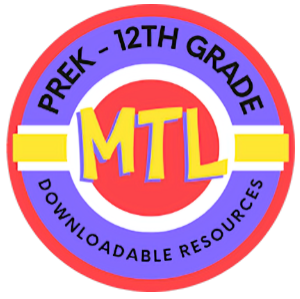

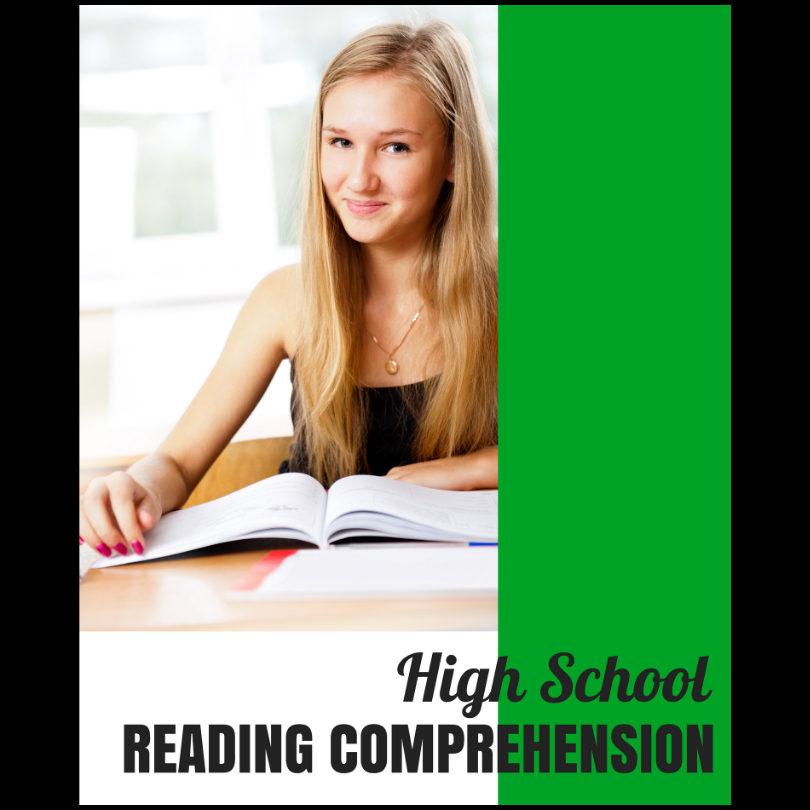

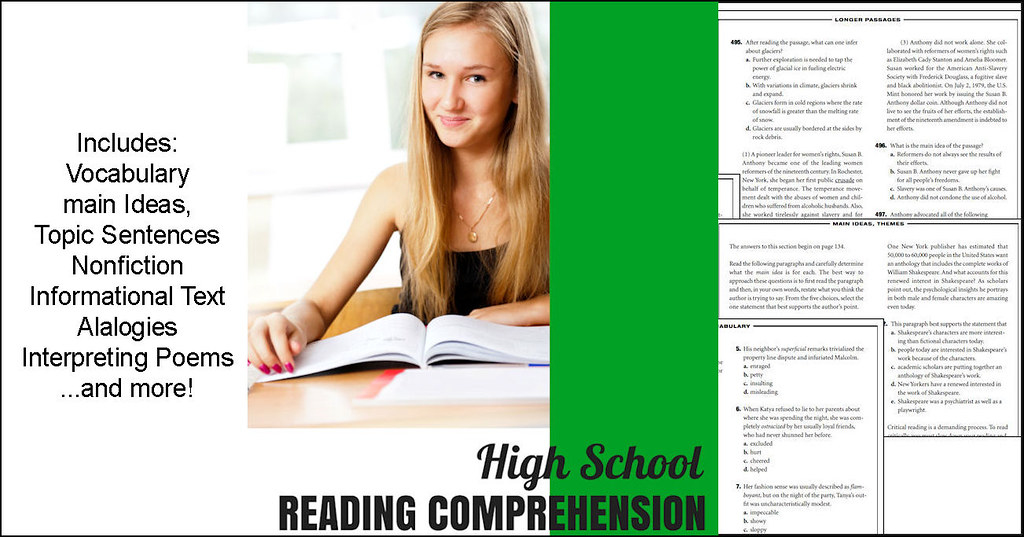
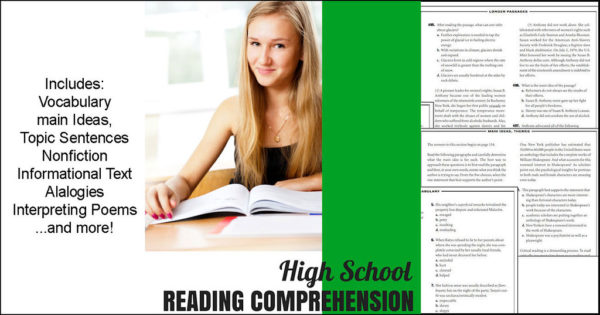

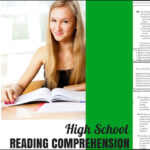
Reviews
There are no reviews yet.